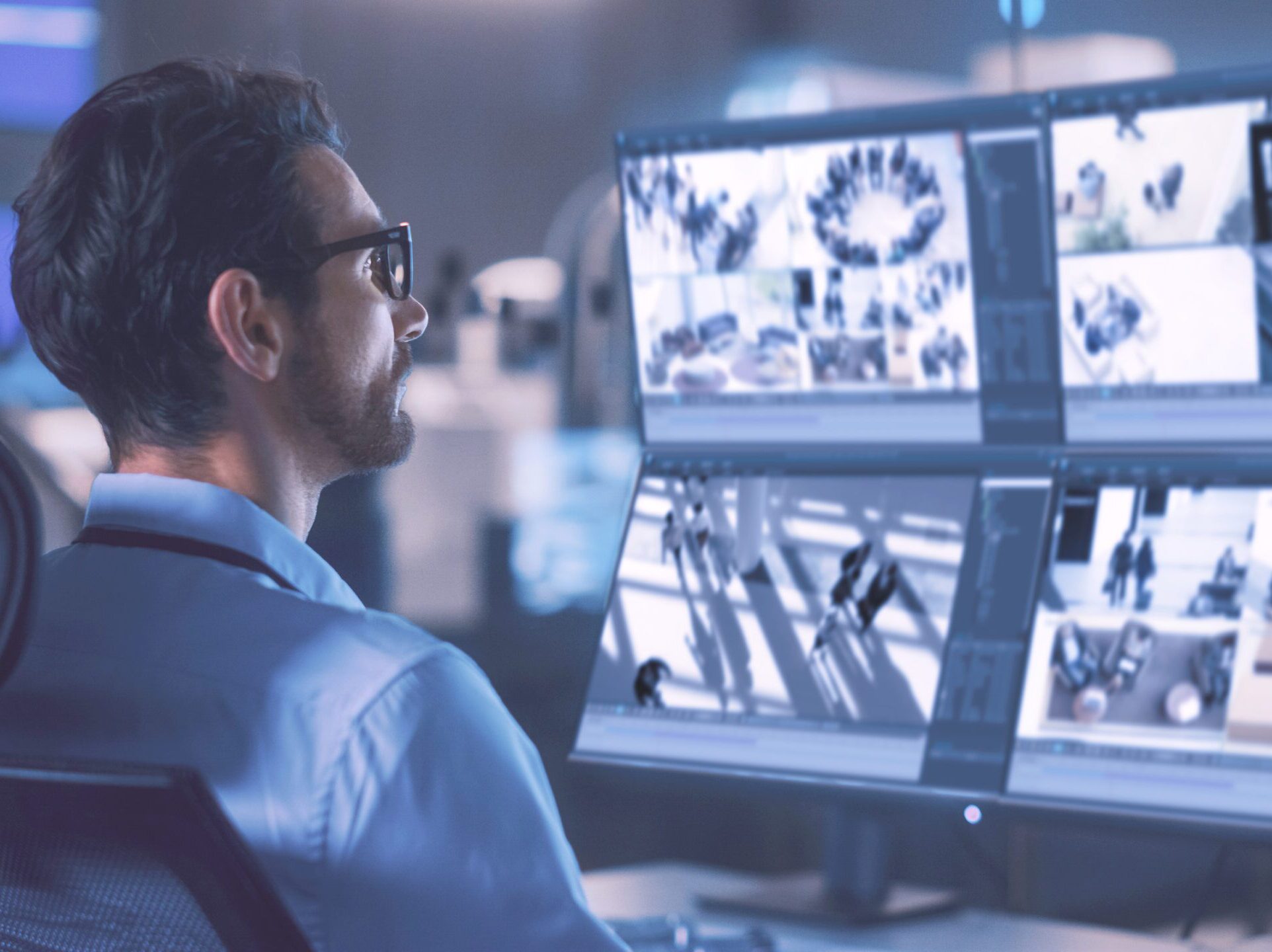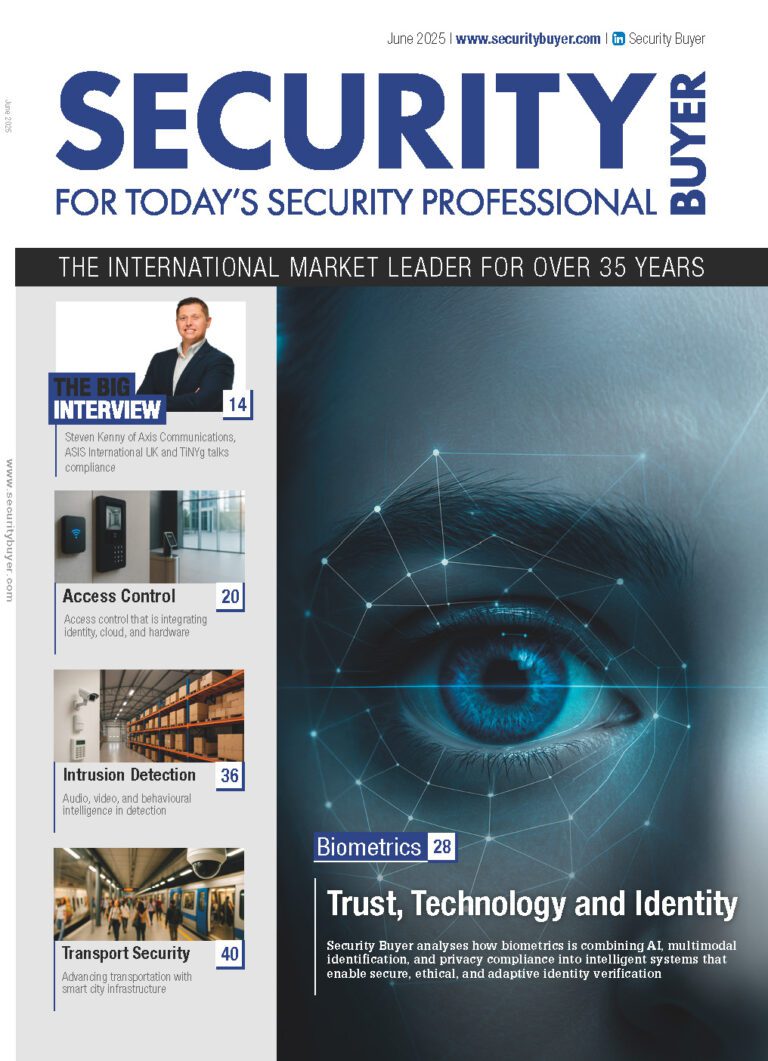
The Coronavirus has caused a surge in e-learning and virtual training, as face-to-face contact has been minimised, how is this necessary during a pandemic?
Virtual training tools are being widely used within the safety and security industry. These tools can provide professionals with realistic simulation of scenarios for trainees to learn from and enhance their emergency preparedness.
However, businesses can’t afford to put capability building on hold. Whether the effort is reskilling at the business-unit level or a company-wide aspirational transformation, companies can’t simply push the pause button on critical workplace learning, even as they move rapidly to put employee safety first.
Beyond tactical steps, there are strategic measures, such as exploring alternative digital learning strategies, that managers can develop during this time of social distancing. The stronger learning capabilities that emerge could stand as a positive long-term outcome from this sobering period.
iHASCO collaborated with Raconteur and The Times to produce the Future of Work report, one of the most anticipated publications of the year for employers and decision makers. With no access to face-to-face training, dispersed workforces have shifted their attention to the web, with health, safety and wellbeing courses topping the agenda. As businesses return to work, this trend is set to continue.
“Right now, it’s even more crucial that employers put people first. During this crisis keeping workers informed and educated on how to deal with this unprecedented situation has been crucial. Organisations have had to weather this storm and face many challenges while adjusting to a new normal,” explains Nathan Pitman, Director at iHASCO.
“Businesses have always had a responsibility to provide workplace training, but we’ve seen many clients go above and beyond for their staff in this pandemic, even training furloughed workers and keeping their knowledge up to date. E-learning is now much more accessible because we’ve invested so much in making platforms as user friendly as possible, catering to those whose first language is not English, providing closed captions for those who are hard of hearing and compatibility with screen readers for those with visual impairments.”
Some organisations have used e-learning as an opportunity to prepare employees for a return to work. For others it has been about providing essential continual professional development or certification, or a way of keeping workers socially distanced, yet still keeping their training on track.
“Our mental health awareness training courses have also seen an 800% rise in usage. This reflects the groundswell in support for this issue, especially during these difficult times. We’ve also seen an explosion in e-learning for cybersecurity and GDPR, the EU’s data protection regulation, with so many employees working from home and the risks it creates,” says Pitman.
“Companies have been looking for reliable ways to navigate and support their staff through this pandemic. The businesses that will now thrive as the economy opens up will be those that are agile and are able to react quickly. E-learning can make a difference to the safety and wellbeing of employees; it can also boost productivity, reduce absenteeism and create confidence in your workforce.”
It helps that there’s been a gradual move away from online training as a box-ticking exercise, especially when it focuses on health and safety. Courses are now taken a lot more seriously by both the employer and employee. E-learning has become more engaging and direct, which has in turn promoted an increase in recall.
“This is why we have dedicated scriptwriters and creative teams who work hard to make our courses appealing and truly engaging. It’s so important for people to have a good understanding of abstract and complex issues such as mental health. We use a subtle interplay of presenter-led footage, motion graphics and location-based video scenarios to tell a story in our courses. It makes for a more engaging and memorable learning experience,” says Pitman.
“Looking to the future, a return to pre-COVID times is unlikely. As flexi-working becomes the norm, e-learning provides an easy solution to support the whole workforce. While employers now have a renewed focus on taking employee engagement and wellbeing more seriously, employees rightly want to feel safe and secure at work. We believe e-learning can make a genuine difference and provide businesses with the strong, resilient workforce they need to survive and prosper.”
Upskilling
E-learning in the security industry, where the premise is the protection of the public, employees and goods/services, means that certifications and upskilling is a necessity, whether Covid-19 is present or not, especially with new threats, and technology constantly evolving.
For example, the SIA has announced that Door Supervisors and Security Guard Professionals will be required ‘top-up training’ from next year. Top-up training includes security professionals being updated with first aid. For example, having an updated Emergency First Aid at Work qualification.
From 1 April 2021 onwards the SIA will introduce new licence–linked qualifications. These have been introduced to ensure professionals within the private security industry have a stronger skill set required on the role. This includes the ability to manage potential risks and changes caused by new technology.
New topics will include:
- Health and Safety procedures
- Communication skills
- Incident management
- Citizens’ arrest
- Protecting vulnerable people
- Emergency procedures
- Record keeping
- COVID-19
Many associations within the security industry offer virtual and e-learning as well as certificated training courses. However, it is not just training that is a necessity in virtual learning, but also as the world has closed its doors, companies have had to find new ways of reaching their audiences and providing support. Organisations have been creating demonstration videos to detail exactly how to use and install security products, whether it be for domestic use in the form of a new smart home camera, or commercial use in how to remotely access your access control or video surveillance equipment for your office building for example. There are so many avenues that e-learning has taken, and it is sure to remain a prominent factor post-covid.

Commentary: Steve Woodbridge, Global Training Manager, Paxton
Throughout this unexpected period, we adapted our practical in-person training programme to an online experience, allowing installers to continue learning our systems.
After the first lockdown many installers started to resume site-work and take on new projects. To support this, we created a webinar to breakdown the UK Government guidelines, explaining how access control can help reduce the risk of infection on end-user sites. This was well received, over 2000 people attended last summer.
The webinar coincided with updates to Net2, our flagship access control system, which can help keep buildings COVID-secure. To support people implementing the new features, training was updated to include these additions and a series of video tutorials were produced, which are available on YouTube.
In December last year, once it was safe to do so, we resumed in-person training at our head office in Brighton. Safety provisions were put in place, such as protective screens and thermal scanning upon entry. These classes were well-attended, with plans to continue this year. However, they were halted when the latest national lockdown began.
Currently, we are running face-to-face virtual training sessions and bespoke classes for companies that require online group learning. We have focused these courses to ensure they are highly interactive, and lead by a Paxton trainer. Alongside these training sessions, installers can use the Paxton Learning Portal on our website or the Paxton Installer app anytime that suits them.
When lockdown ends, and the guidelines allow, we look forward to resuming in-person training once again

Commentary: David Scott, Managing Director, Skills for Security
As the leading Apprenticeship Training Provider in the UK we are proud to play a key role in Apprenticeship Training across the Electronic Fire & Security sector across the North West and beyond: through a range of mixed delivery methods we have a reach like no other across the whole of England.
Our links with individuals, employers and stakeholders are at the very heart of what we do. We aim to strengthen and develop these relationships and the services we offer over the coming five years.
The period ahead will have its challenges, but we are starting out from a strong position – positive student feedback, excellent results and a brand new curriculum, combined with our skilled and highly motivated staff and the development of our new training centre into a truly 21st century centre of excellence.
We look forward to building on these strengths.
To stay up to date on the latest, trends, innovations, people news and company updates within the global security market please register to receive our newsletter here.
Media contact
Rebecca Morpeth Spayne,
Editor, Security Portfolio
Tel: +44 (0) 1622 823 922
Email: [email protected]




























